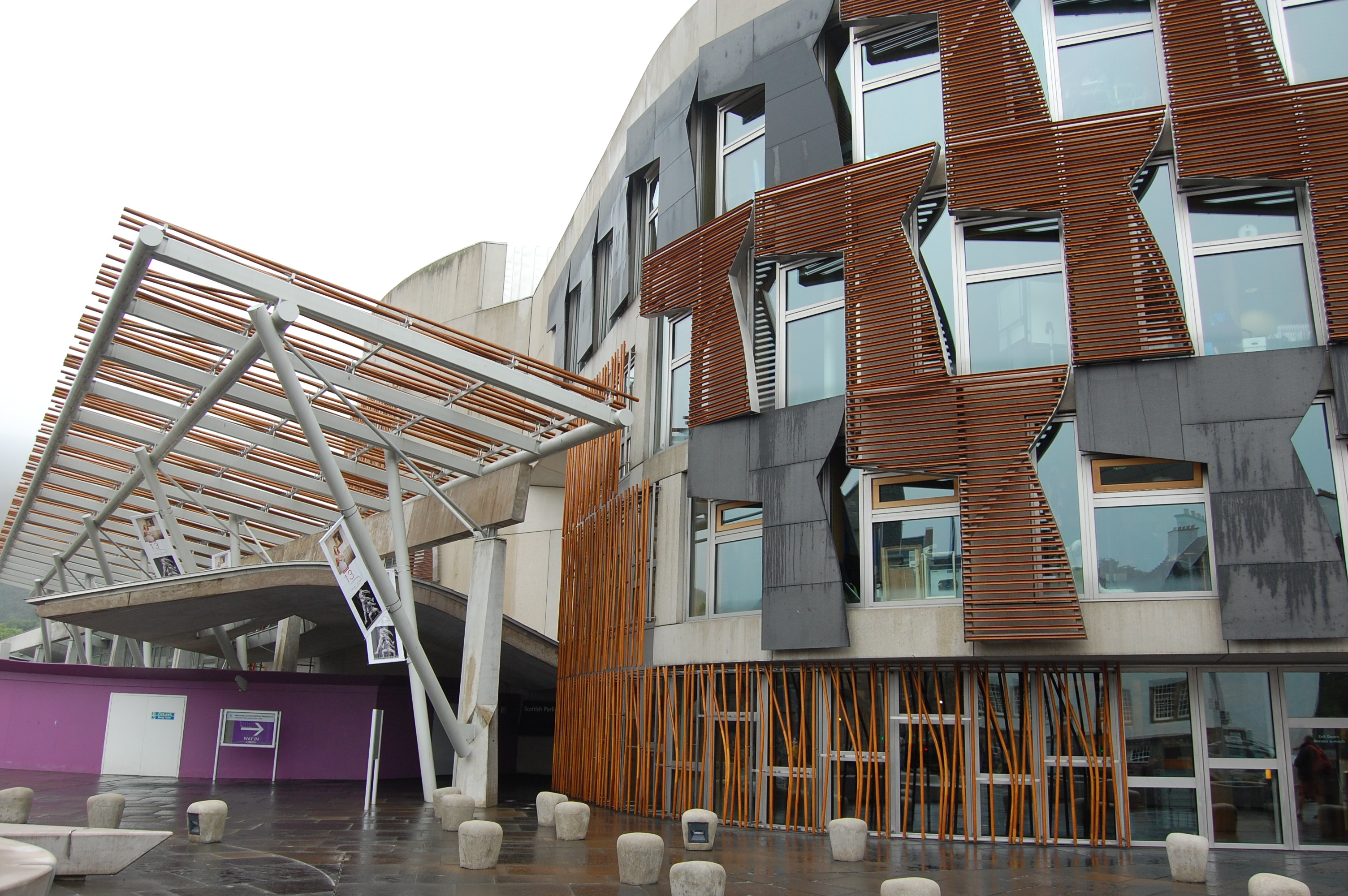
"To Holyrood-house let me stray, and gie to musing a' the day."
At the far east end of the Royal Mile in Edinburgh, a small coffee shop borrows the words of 18th century poet Robert Ferguson to decorate its rustic walls. Unlike other parts of the capital, the east, or "Canongate," end of Edinburgh's high street boasts a sophisticated sense of pride for its Parliament.
True Scottish citizens know their Parliament house as "Holyrood" almost exclusively. As you walk around the Holyrood area, you won't find street performers eating fire or scores of bagpipe players lining the streets as you do in the Royal Mile's west end. Instead, men and women walk briskly about dressed in suits with briefcases and a sense of purpose.
Although it has taken nearly a decade since Scottish Parliament's re-creation in 1999, members of the Scottish National Party (SNP) now feel at home in the east end.
"The SNPs were long labeled as the lunatic fringe party with bizarre policies," said Jason Wassel, a Scottish citizen with years of political experience in the UK. "They have a voice in government now because there has been a change in the party towards professionalism."
Leading this change not only for the SNP, but also for Scotland as a whole, is the party's leader and First Minister of Scotland, Alex Salmond. Salmond took office in May 2007 after the SNP took the greatest number of seats in the Scottish Parliament. He has been the face of the SNP and Scottish politics ever since.
Men and women alike always describe Salmond as a superb "politician." Regardless of political affiliations, it is hard to find a citizen that doesn't recognize his talents.
"I once saw Salmond at a fundraiser putting a table of heavy drinkers into tears of laughter," said David McConnachie, a resident of the small north Scotland city of Elgin. "And within five minutes he was debating with some of the most refined men in the room. The man is a true politician."
This mix of seriousness and a connection to the populace were something that the SNP had always needed in order to eventually establish their minority government in Parliament in 2007.
Between the Labour party's struggles with Iraq and a population unhappy with the party's affiliation with former Prime Minister Tony Blair, the SNP grasped a stronger hold of Holyrood in 2011 and created Scotland's first majority government since its resumption.
Voters put the SNP into power in support of its social democratic mold. Nuclear disarmament, free education, and the elimination of poverty were all essential pieces to the SNP platform that allowed the members of Parliament (MPs) to take hold of their districts.
However, this new powerful and professional SNP is now pushing forward the biggest and most controversial item on its agenda: an independent Scotland.
For years, the SNP promised the nation a vote for independence after it grasped a majority in Parliament. The vote in 2011 gave the SNP its majority and, in turn, Scotland now has finalized a date for a vote on independence. It is set for Sept. 18, 2014.
With the vote coming down to a concise "yes" or "no" choice, Scottish citizens have seen two primary organizations arise. To no one's surprise, the SNP has paired itself with the "Yes Scotland" campaign that encourages a "yes" vote for independence. Their adversary will be the "Better Together" campaign.
Although not all of the SNP MPs plan to vote "yes," this will be the biggest issue the party has ever pushed forward and a vote by which they will be forever remembered. It's a challenge they do not shy away from.
The beacon of "yes," First Minister Salmond, is constantly found pushing the issue of independence on the front pages of newspapers, in the lead story of the nightly news, or even waving a Scottish flag while standing behind David Cameron at the Wimbledon final.
Inside Holyrood, the SNP MPs have no problem branding the lanyards of their access badges with the "Yes Scotland" logo. It is no mistake that the independence vote is seen as a vote of the SNP.
Just over a year remains for the SNP to push the right buttons in Holyrood that will allow them to attain the independence for which they have always yearned. Yet, a 17 percent gap still lies ahead. How the vote will sway is any expert's guess.
Will the SNP find their recipe for success? For now, it seems one can only "gie to musing."



